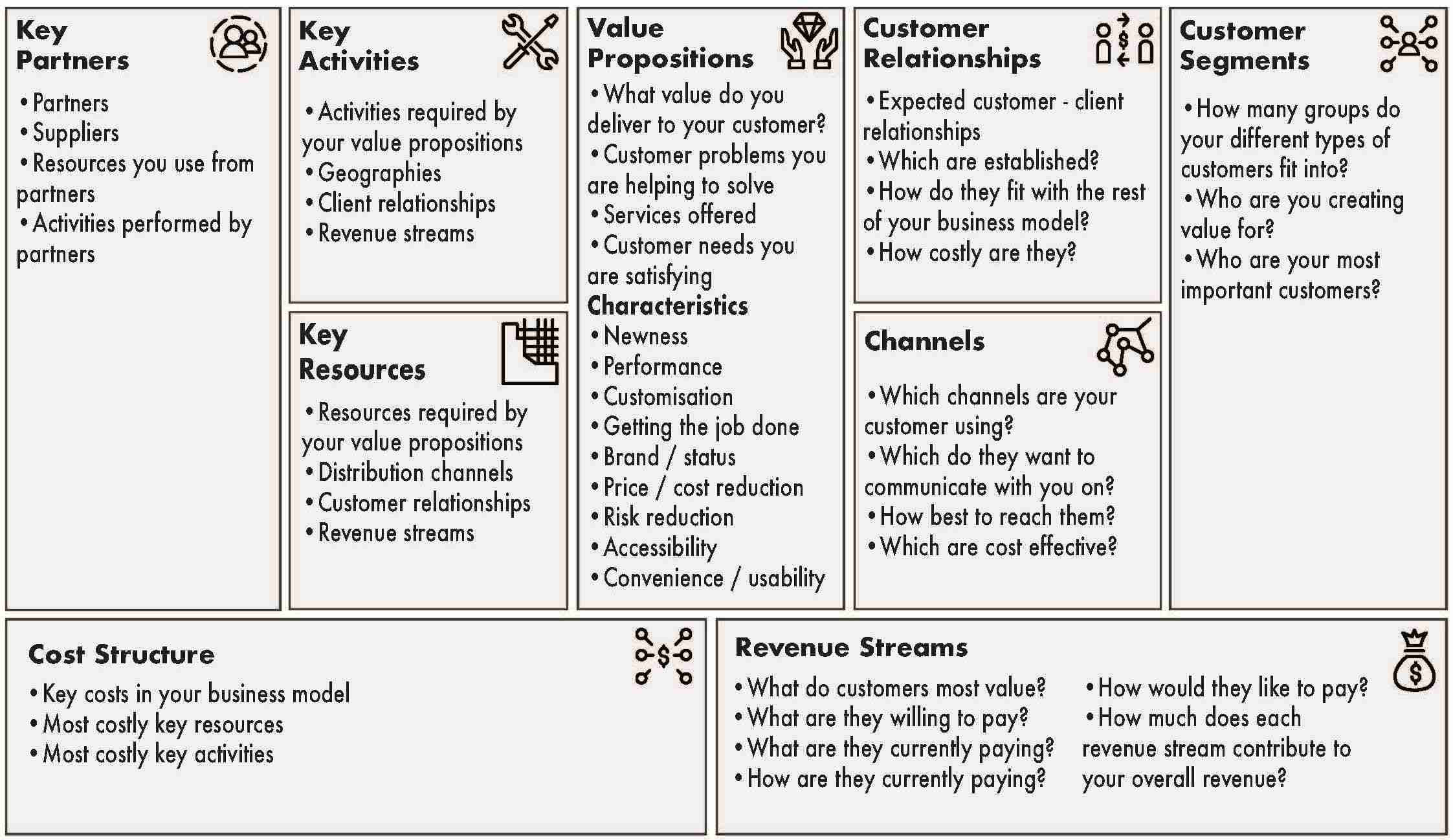Turning Your Passion into a Career: Why Start a Painting Business
Starting a painting business can be a lucrative and fulfilling venture for those who are passionate about painting and decorating. With the freedom to be your own boss, unlimited earning potential, and the satisfaction of creating something with your own hands, it’s no wonder why many people are drawn to this career path. However, before diving in, it’s essential to consider what you need to start a painting business and ensure you have the necessary skills, knowledge, and resources to succeed.
One of the primary benefits of starting a painting business is the ability to work independently and make your own decisions. As your own boss, you’ll have the freedom to choose your projects, set your schedule, and work at your own pace. This autonomy can be incredibly liberating and allow you to focus on the aspects of the business that bring you the most joy.
In addition to the freedom and flexibility, starting a painting business can also provide unlimited earning potential. As you build your client base and reputation, you’ll have the opportunity to take on more projects, increase your rates, and earn a higher income. This can be especially appealing to those who are looking to supplement their income or build a sustainable career.
Perhaps most importantly, starting a painting business allows you to create something with your own hands and see the tangible results of your labor. There’s a sense of pride and satisfaction that comes from transforming a space with a fresh coat of paint, and this can be incredibly rewarding for those who are passionate about painting and decorating.
However, it’s essential to remember that starting a painting business requires more than just a passion for painting. It demands a solid understanding of the industry, a strong work ethic, and a willingness to learn and adapt. By considering what you need to start a painting business and taking the necessary steps to prepare, you can set yourself up for success and build a thriving career in this field.
Assessing Your Skills and Experience: Are You Ready to Start a Painting Business
Before starting a painting business, it’s essential to evaluate your painting skills and experience to determine if you’re ready to take the leap. This self-assessment will help you identify areas where you excel and areas where you need improvement, ensuring you’re well-prepared to launch a successful business.
To begin, take an honest look at your painting skills. Consider your experience with different types of paint, surfaces, and techniques. Ask yourself:
- Do you have experience with various painting tools and equipment?
- Are you familiar with different painting techniques, such as cutting in, rolling, and spraying?
- Do you have experience with color theory and color matching?
- Are you comfortable working at heights and in confined spaces?
Next, assess your business skills. Consider your experience with:
- Estimating and bidding on projects
- Managing finances and invoicing clients
- Marketing and advertising your services
- Providing excellent customer service
Identifying areas where you need improvement will help you focus on developing the necessary skills to succeed in the painting business. You may need to take courses, attend workshops, or seek mentorship to fill any gaps in your knowledge or experience.
Additionally, consider your physical and mental abilities. Painting can be a physically demanding job, requiring long hours on your feet, lifting heavy equipment, and working in challenging environments. You’ll need to be in good physical health and have the mental stamina to handle the demands of running a business.
By taking the time to assess your skills and experience, you’ll be better equipped to determine if starting a painting business is right for you. Remember, it’s essential to be honest with yourself and acknowledge areas where you need improvement. With the right skills, knowledge, and mindset, you’ll be well on your way to launching a successful painting business.
The Business Side of Things: Licenses, Insurance, and Registration
Before starting a painting business, it’s essential to comply with local regulations and laws. This includes obtaining the necessary licenses, insurance, and registration. Failure to do so can result in fines, penalties, and even business closure.
Licenses: Depending on your location, you may need to obtain a business license, contractor’s license, or other specialized licenses. Research your local government’s website or consult with a business attorney to determine the specific licenses required for your painting business.
Insurance: As a painting business owner, you’ll need to consider various types of insurance to protect yourself, your employees, and your clients. This may include:
- Liability insurance: Covers damages or injuries to clients or their property
- Workers’ compensation insurance: Covers employee injuries or illnesses on the job
- Business insurance: Covers business-related risks, such as equipment damage or theft
Registration: You’ll need to register your business with the state and obtain any necessary permits or certifications. This may include registering for a fictitious business name, obtaining a sales tax permit, or registering with the state’s contractor’s board.
In addition to licenses, insurance, and registration, you’ll also need to comply with local regulations and laws related to:
- Environmental regulations: Proper disposal of hazardous materials, such as paint and solvents
- Health and safety regulations: Ensuring a safe working environment for employees and clients
- Zoning regulations: Compliance with local zoning laws and ordinances
By complying with local regulations and laws, you’ll be able to operate your painting business with confidence and avoid potential penalties or fines. Remember to stay up-to-date with changing regulations and laws to ensure your business remains compliant.
When starting a painting business, it’s essential to consider the business side of things, including licenses, insurance, and registration. By doing so, you’ll be able to establish a solid foundation for your business and ensure long-term success.
Building Your Toolkit: Essential Equipment and Supplies for Painters
As a painting business owner, having the right equipment and supplies is crucial for delivering high-quality work and ensuring efficiency on the job. In this section, we’ll discuss the essential tools and materials you’ll need to get started.
Painting Brushes: A good set of painting brushes is essential for any painting project. Look for high-quality brushes made from natural or synthetic fibers, and consider investing in a variety of brush sizes and shapes to tackle different tasks.
Rollers and Extension Poles: Rollers and extension poles are necessary for painting large surfaces, such as ceilings and walls. Choose rollers with the right nap length for your specific painting needs, and consider investing in extension poles for hard-to-reach areas.
Paint: This may seem obvious, but having a good supply of paint is essential for any painting business. Consider investing in a variety of paint types, including latex, oil-based, and epoxy, to tackle different projects and client needs.
Ladders and Scaffolding: Ladders and scaffolding are necessary for painting projects that require working at heights. Consider investing in high-quality ladders and scaffolding equipment to ensure safety and efficiency on the job.
Drop Cloths and Tarps: Drop cloths and tarps are essential for protecting surfaces and preventing paint spills. Choose high-quality drop cloths and tarps that are durable and easy to clean.
Other Essential Supplies: Other essential supplies for painting businesses include paint trays, paint rollers, sandpaper, and cleaning solutions. Consider investing in a variety of supplies to tackle different tasks and client needs.
When choosing equipment and supplies for your painting business, consider the following factors:
- Quality: Invest in high-quality equipment and supplies to ensure durability and efficiency.
- Brand reputation: Choose reputable brands that are known for producing high-quality products.
- Price: Consider the cost of equipment and supplies, and choose options that fit within your budget.
- Client needs: Consider the specific needs of your clients, and choose equipment and supplies that meet those needs.
By investing in the right equipment and supplies, you’ll be able to deliver high-quality work and ensure efficiency on the job. Remember to always follow safety guidelines and best practices when using equipment and supplies to ensure a safe and successful painting business.
Marketing Your Services: How to Attract Clients and Grow Your Business
As a painting business owner, marketing your services is crucial for attracting clients and growing your business. In this section, we’ll discuss various marketing strategies that can help you reach new customers and increase your revenue.
Social Media Marketing: Social media platforms like Facebook, Instagram, and Twitter are great for promoting your painting services and reaching a wider audience. Create a business page and post regular updates, including photos of your work, testimonials from satisfied clients, and special promotions.
Online Advertising: Online advertising can help you reach a targeted audience and drive traffic to your website. Consider using Google Ads or Facebook Ads to promote your services and attract new clients.
Word-of-Mouth Referrals: Word-of-mouth referrals are a powerful marketing tool for painting businesses. Encourage your satisfied clients to refer their friends and family in exchange for discounts or other incentives.
Networking: Networking with other business owners and professionals in your industry can help you build relationships and attract new clients. Attend local business events, join trade organizations, and participate in online forums to connect with potential clients and partners.
Direct Mail Marketing: Direct mail marketing can help you reach a targeted audience and promote your services to potential clients. Consider sending postcards, flyers, or brochures to homeowners and businesses in your area.
Content Marketing: Content marketing involves creating and sharing valuable content to attract and retain a clearly defined audience. Consider creating a blog or YouTube channel to share tips, tutorials, and other informative content related to painting and decorating.
When creating a marketing plan for your painting business, consider the following factors:
- Target audience: Who are your ideal clients, and what are their needs and preferences?
- Marketing goals: What do you want to achieve with your marketing efforts, and how will you measure success?
- Marketing budget: How much can you afford to spend on marketing, and what are the most effective ways to allocate your budget?
- Marketing channels: Which marketing channels will you use to reach your target audience, and how will you integrate them into your overall marketing strategy?
By incorporating these marketing strategies into your overall business plan, you can attract new clients, grow your business, and increase your revenue. Remember to always track your results and adjust your marketing plan as needed to ensure the best possible return on investment.
Estimating and Bidding: How to Price Your Painting Services
Estimating and bidding are critical components of any painting business. Accurate estimates and bids can help you win new clients, ensure profitability, and build a strong reputation in the industry. In this section, we’ll discuss the importance of estimating and bidding, and provide tips on how to calculate costs, create estimates, and present bids to clients.
Calculating Costs: To create an accurate estimate, you’ll need to calculate the costs associated with the project. This includes:
- Materials: Paint, brushes, rollers, and other supplies needed to complete the project
- Labor: The cost of hiring employees or subcontractors to complete the project
- Equipment: The cost of renting or purchasing equipment needed to complete the project
- Overhead: The cost of running your business, including insurance, marketing, and administrative expenses
Creating Estimates: Once you’ve calculated the costs, you can create an estimate for the client. This should include:
- A detailed description of the work to be done
- A breakdown of the costs, including materials, labor, equipment, and overhead
- A total price for the project
- A payment schedule and terms
Presenting Bids: When presenting a bid to a client, it’s essential to be professional and confident. Make sure to:
- Explain the scope of the project and the services you’ll provide
- Highlight your qualifications and experience
- Provide a detailed estimate and breakdown of the costs
- Answer any questions the client may have
By following these tips, you can create accurate estimates and bids that will help you win new clients and build a strong reputation in the industry. Remember to always stay organized, communicate effectively, and provide excellent customer service to ensure the success of your painting business.
When estimating and bidding for painting projects, consider the following factors:
- Client needs: What are the client’s specific needs and requirements?
- Project scope: What is the scope of the project, and what services will you provide?
- Costs: What are the costs associated with the project, including materials, labor, equipment, and overhead?
- Competition: What is the competition like in your area, and how can you differentiate your business?
By considering these factors and following the tips outlined above, you can create accurate estimates and bids that will help you succeed in the painting industry.
Managing Your Finances: Invoicing, Accounting, and Tax Obligations
As a painting business owner, managing your finances is crucial for the success of your business. In this section, we’ll discuss the importance of invoicing, accounting, and tax obligations, and provide tips on how to stay organized and compliant.
Invoicing: Invoicing is the process of creating and sending bills to clients for services rendered. It’s essential to create accurate and timely invoices to ensure prompt payment and maintain a positive cash flow. Consider using invoicing software to streamline the process and reduce errors.
Accounting: Accounting is the process of recording and reporting financial transactions. It’s essential to maintain accurate and up-to-date financial records to ensure compliance with tax laws and regulations. Consider hiring an accountant or bookkeeper to help with financial record-keeping and tax preparation.
Tax Obligations: As a painting business owner, you’ll be responsible for paying taxes on your income. It’s essential to understand your tax obligations and ensure compliance with tax laws and regulations. Consider consulting with a tax professional to ensure you’re taking advantage of all available tax deductions and credits.
Financial Organization: Staying organized is crucial for managing your finances effectively. Consider using a financial management system to track income, expenses, and cash flow. This will help you make informed decisions about your business and ensure long-term success.
Financial Planning: Financial planning is essential for the long-term success of your painting business. Consider creating a financial plan that outlines your goals, objectives, and strategies for achieving financial success. This will help you make informed decisions about your business and ensure long-term success.
By following these tips, you can effectively manage your finances and ensure the long-term success of your painting business. Remember to always stay organized, seek professional advice when needed, and prioritize financial planning to ensure the success of your business.
When managing your finances, consider the following factors:
- Cash flow: Ensure you have a positive cash flow to maintain a healthy financial situation.
- Expenses: Track and manage expenses to ensure you’re staying within budget.
- Income: Ensure you’re generating enough income to cover expenses and achieve financial goals.
- Tax obligations: Understand and comply with tax laws and regulations to avoid penalties and fines.
By considering these factors and following the tips outlined above, you can effectively manage your finances and ensure the long-term success of your painting business.
Growing Your Business: Tips for Expansion and Success
As a painting business owner, growing your business is essential for long-term success. In this section, we’ll discuss tips and advice on how to expand your services, hire employees, and increase your online presence.
Expanding Your Services: Consider expanding your services to include additional painting services, such as:
- Interior painting: Offer interior painting services to homeowners and businesses.
- Exterior painting: Offer exterior painting services to homeowners and businesses.
- Specialty painting: Offer specialty painting services, such as faux finishing, texture painting, and more.
Hiring Employees: As your business grows, you may need to hire employees to help with the workload. Consider the following tips when hiring employees:
- Look for experienced painters: Hire painters with experience and a proven track record.
- Conduct thorough interviews: Conduct thorough interviews to ensure you’re hiring the right person for the job.
- Provide training and support: Provide training and support to ensure your employees are equipped to do the job.
Increasing Your Online Presence: Having a strong online presence is essential for attracting new clients and growing your business. Consider the following tips:
- Create a website: Create a website to showcase your services and provide a way for clients to contact you.
- Use social media: Use social media to promote your services and engage with potential clients.
- Optimize for SEO: Optimize your website and online presence for search engines to improve visibility and attract more clients.
By following these tips, you can grow your painting business and achieve long-term success. Remember to always stay focused on providing excellent customer service and delivering high-quality work to ensure the success of your business.
When growing your business, consider the following factors:
- Market demand: Understand the market demand for your services and adjust your business plan accordingly.
- Competition: Analyze the competition and adjust your business plan to stay ahead.
- Financial resources: Ensure you have the financial resources to support business growth.
- Employee management: Develop a plan for managing employees and ensuring they’re equipped to do the job.
By considering these factors and following the tips outlined above, you can grow your painting business and achieve long-term success.



/WomanPaintingWatercolor-56a6e7943df78cf77290db1b.jpg)


